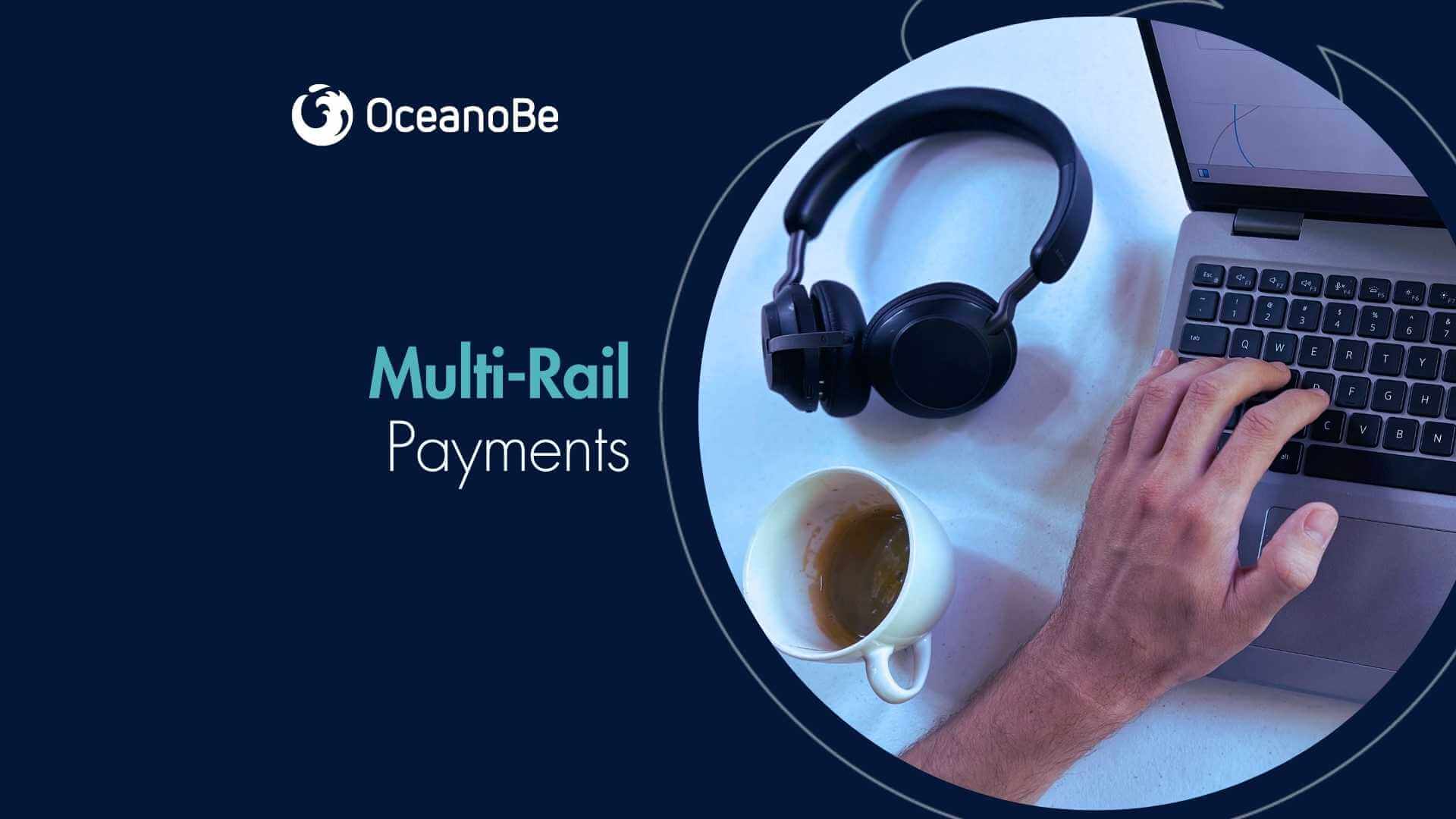Multi-Rail Payments
Building Resilience via Payment Diversity
Building Resilience via Payment Diversity

The payments landscape has never been more fragmented. Or more dynamic, depending on which side of the development team you stand. Traditional card networks, ACH transfers, real-time payment systems, and emerging rails like mobile wallets or blockchain-based settlements each offer distinct advantages. For banks and fintechs, the challenge is not choosing a single rail but enabling multiple rails through a unified interface to deliver flexibility, resilience, and better customer experiences. This is where the concept of multi-rail payments becomes central.
Relying on a single network exposes banks to risks: outages, settlement delays, or higher transaction costs. Multi-rail systems solve this by dynamically routing payments across available networks based on criteria such as cost, speed, geography, and compliance. For example, a domestic transfer might move through a real-time rail, while a cross-border corporate payment could be routed via SWIFT or a low-cost partner network.
This diversity not only minimizes operational risk but also improves customer satisfaction—ensuring payments are executed in the fastest, most reliable, and cost-effective way possible.
Real-time payments (RTP) have set new benchmarks for immediacy and transparency. However, not all use cases or geographies are covered by RTP networks yet. Multi-rail solutions bridge this gap by enabling smart routing:
If the RTP rail is available and compliant, it executes instantly.
If not, the system falls back to ACH, card networks, or alternative rails.
Routing logic can also consider fees, liquidity, or risk scores when making decisions.
For developers, this requires building abstraction layers and orchestration engines that mask the complexity of multiple rails from downstream applications, exposing a single unified API instead.
Each rail generates valuable metadata: timestamps, settlement statuses, fees, risk flags, and even enriched customer identifiers. Aggregating this data across rails enables advanced analytics and new business opportunities.
For example:
The value is not just in moving money but in the data exhaust payments leave behind.
Operating across multiple rails also introduces regulatory and operational complexity. PCI DSS, PSD2, and local compliance regimes vary widely. Developers must ensure consistent authentication, authorization, and monitoring frameworks across rails.
Data normalization is equally critical. Each rail has its own messaging format (e.g., ISO 20022 vs legacy standards). Without normalization, reconciliation becomes error-prone. Many fintechs are adopting canonical data models—a single format internally mapped to each external rail.
To implement a robust multi-rail strategy, banks and fintechs should consider:
Unified API Gateway: Expose a single API for payment initiation and tracking, abstracting away network differences.
Routing Engine: Apply dynamic decision rules based on geography, cost, compliance, and SLA requirements.
Observability and Monitoring: Track transactions across all rails with end-to-end traceability for auditing and dispute resolution.
Resilience and Failover: Build automatic fallback between rails to ensure uptime during network outages.
In an era of rising customer expectations and globalized commerce, banks and fintechs can no longer rely on a single payment rail. Multi-rail architectures unlock flexibility, resilience, and business value—not just by ensuring money moves efficiently, but by turning payments data into insights for cross-selling, compliance, and strategic growth.
At OceanoBe, we help financial institutions design and implement multi-rail platforms that combine real-time capabilities with regulatory robustness, enabling innovation without sacrificing trust.